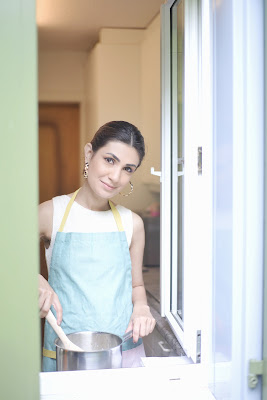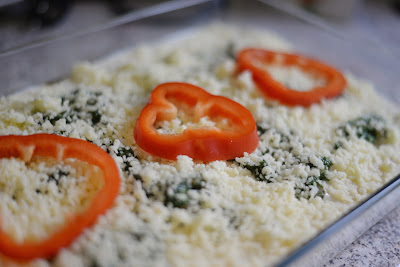*This is a real story shared with my someone who would like to remain anonymous.
I don’t remember how old I was, but I do remember that I was
very small the first time his finger went up my vagina as he gave me a shower.
I was so small that I didn’t know that this isn’t something a father is
supposed to do with his daughter.
For me, for many years of my childhood, this was the most
normal thing. I thought that this is the kind of a relationship every father
shares with his daughter. This belief as a child destroyed and tarnished so
much in me as an adult. I feel the knots in my heart are tied so tightly that
no amount of love from another, no amount of therapy that can help me unscramble.
We were based in Saudi Arabia, away from the rest of the family, where
he had the complete freedom to do as he pleased. Throughout my childhood, my
sisters and I were physically abused along with being sexually targeted by our
father. We went to school hiding our
bruises, and if someone asked, we made up stories. He was no less than a tyrant
to my mother too. He would scream and use foul language. He would beat her at
the tiniest of things – such as the food not having the right amount of salt.
My mother always felt that had she had a son, things would not have been as
bad. But I believe that if I did have a brother, he would be exactly like my
monstrous father. Or perhaps, he would run away.
Some years later, we moved to Pakistan into a joint family
system. From there, the sexual abuse stopped, but physical violence and
emotional attacks continued. I never saw intimacy between my parents. Love was
absent. There was just fear and resentment. My father had the audacity to own
up to my mother what he did to his daughters but she couldn’t do anything about
it. She had no one to believe or support her and unfortunately, her brothers believed
my father’s concocted stories, but never her truth.
When I was in 7th grade, my mother, not being
able to deal with torture, suffered from a nervous breakdown. After that day,
for many years to come, she remained in the confines of her room, eating and
speaking very little. That meant that along with our studies, my sisters and I
had to manage the home chores. I tried to spend as much time as possible with
my mother, trying to counsel her, console her and to tell her that she needs to
give up on her dream that one day, my father will become less monstrous.
For many years, I didn’t speak to my sisters about how my
father was sexually abusing me. That’s because we were never able to become
close or confide in one another. My father never allowed us to have a normal
relationship, the kind sisters usually share. Perhaps it was his divide and
rule policy, and had his way of unfairly favouring one to make the others jealous.
He would ridicule our physical appearances and create nasty comparisons, making
us resent each other for our supposed shortcomings. However, as we grew older
and perhaps smart enough to understand what an ill person our father is, we
slowly started opening up to each other, only to realize that he molested all
his daughters, not just one.
As time passed, we started staying more and more out of the
house, using studies as a scapegoat. We took up tuitions and occupied ourselves
with housework so we engaged with him as little as possible. If you ask me, I
was never really able to deal with the trauma of being sexually abused by the
very man who was responsible for my birth, who was supposed to not just be my
protector but also my mahram, the one who was supposed to safeguard me
with his own life. All these years, I have kept my emotions blocked, because it
is too hard to face them. And perhaps because I never reconciled with what
happened to me as a child, I am not able to enjoy life the way others can and
have grown up with zero self- worth. When I was younger, I didn’t have the
money to afford professional help. But when I started working, I did see a
psychiatrist a couple of times. She put me on medicines and I soon discontinued
them. I’ll confess that I was just fearful of the side-effects.
Today, I am married and am a mother. But I have never been
able to enjoy intimacy with my husband, which is not an expression of love, but
merely a duty that I have to perform. I have trust issues, I go through bouts
of depression. I am grateful that my life after marriage is much better than my
childhood, and although my bad memories try to pull me back into darkness, I
try hard to stay positive for my daughter. When I can’t feel happy from the
inside, I pretend. That is something I am good at, because most of my life, I
have put on a show for others. Sometimes, when I see my husband share a
beautiful bond with my daughter, I see the broken parts of the puzzle that my
own childhood never was.
It breaks my hard to face the reality that I have no maika.
I can’t abandon my mother, so I do go to see her, but I hate the sight of my
father. A grandparent is supposed be like a cloud of compassion and love, yet,
I never leave my daughter with him because I know what he can potentially do.
What kind of a life is it where you must protect your
daughter from her own nana? What kind of a world is it where you are sexually
violated by your father? What kind of a reality is it that you have living,
breathing parents, yet, there is NO WAY you can turn to them for support…
This story has been illustrated by Mariam Ahmad. You can see more of her work here.






















































